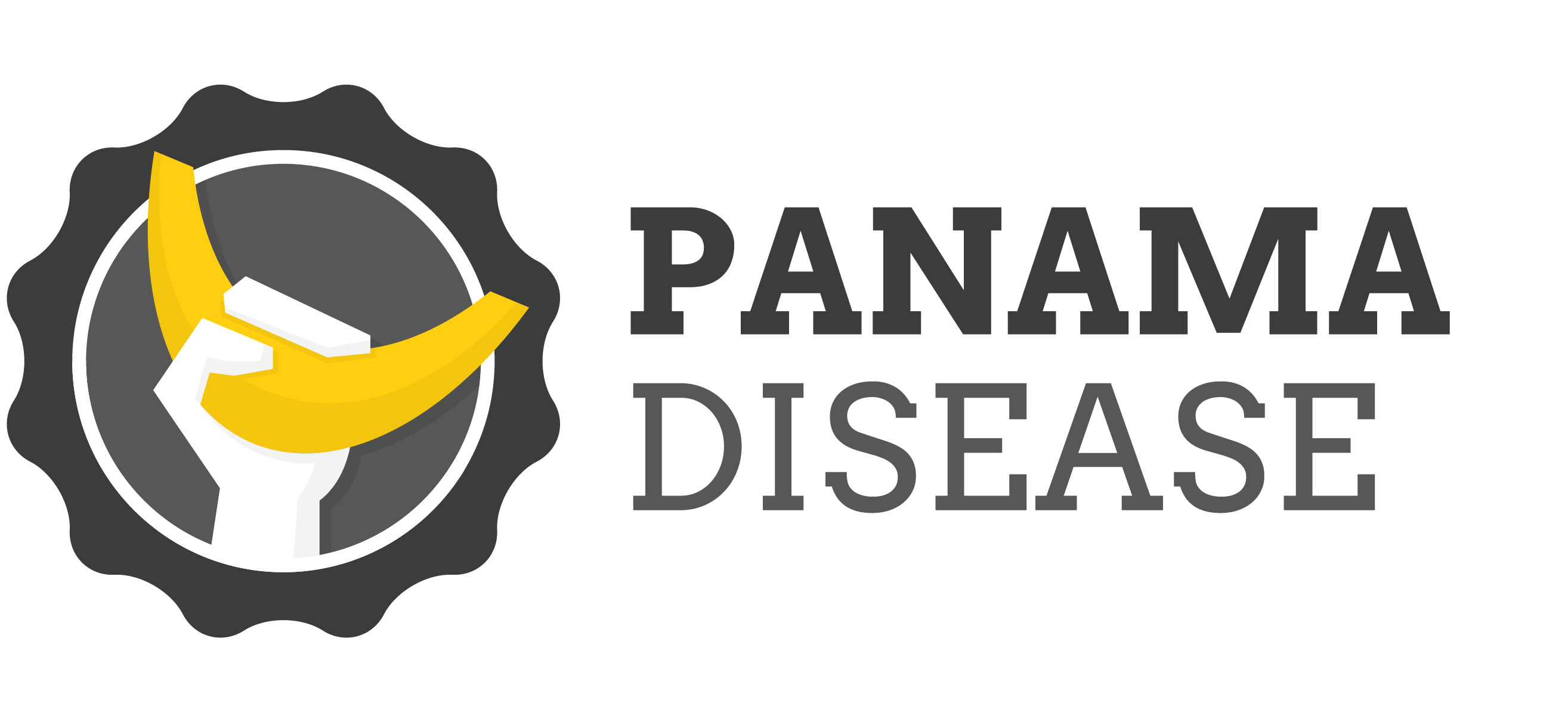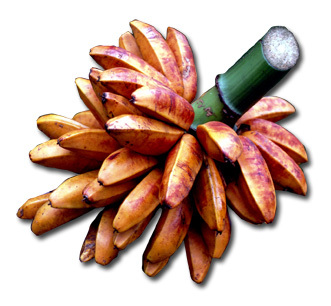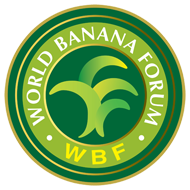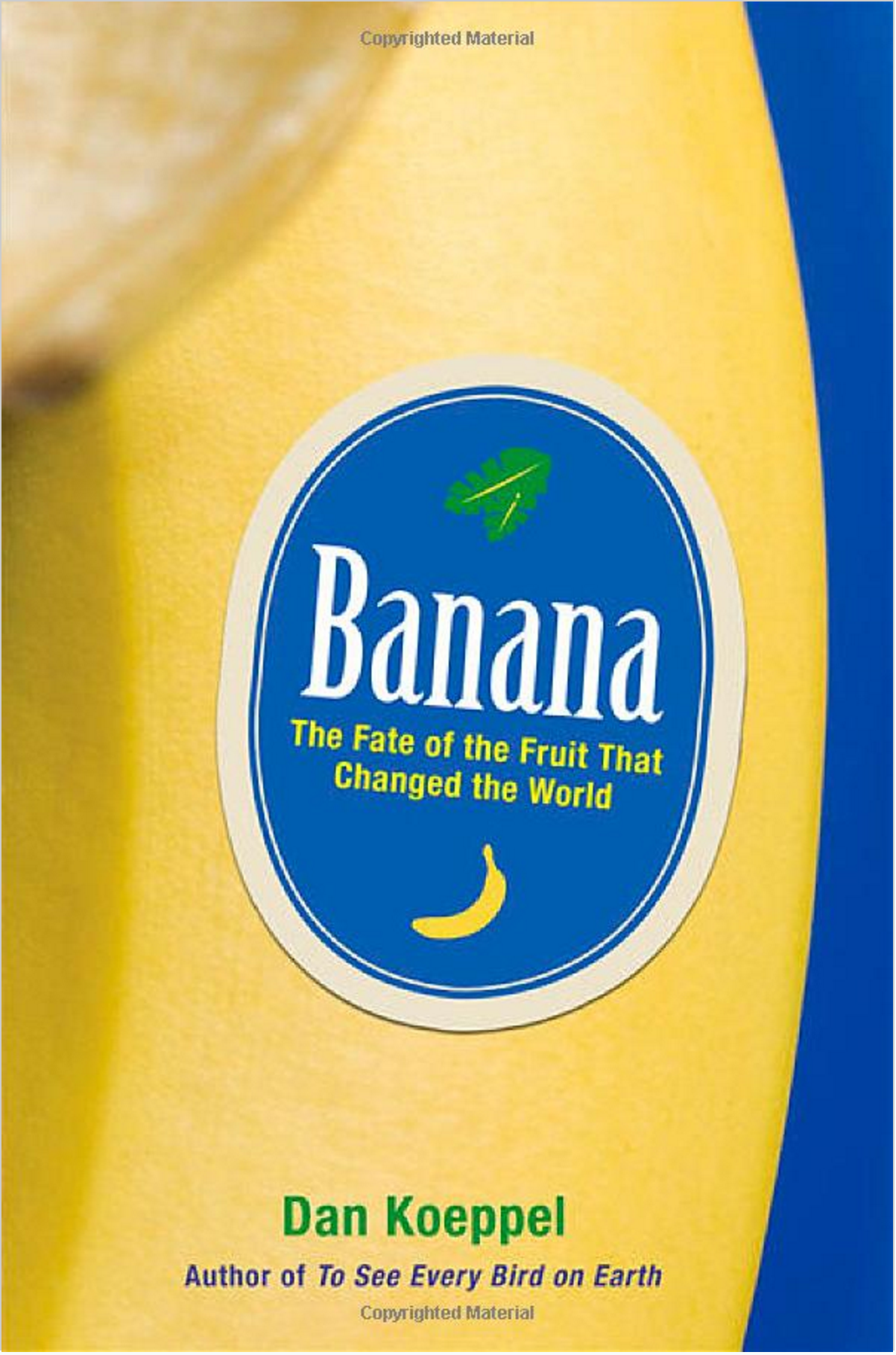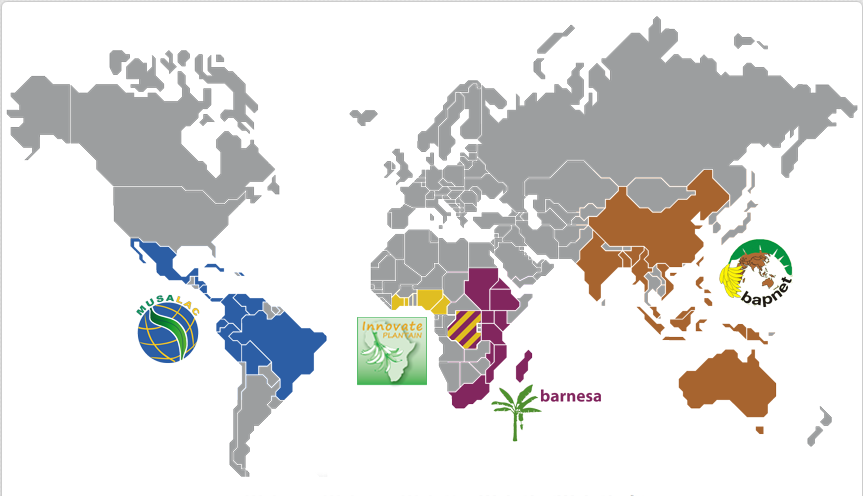Going Bananas?
When was the last time you ate a banana? Have you ever considered what it might be like if the famous musical hit ‘Yes, we have no bananas’ was to become a reality?
Such a scenario is not as unlikely as it may seem as the future of the world’s favourite fruit is under serious threat. And not for the first time…
In the second half of the 1900s banana producers
As a result, following enormous investments in infrastructural changes required to accommodate the Cavendish’s different growing and ripening needs, the banana industry was saved.
But not for ever…

Bananas
The worlds most favourite fruit crop
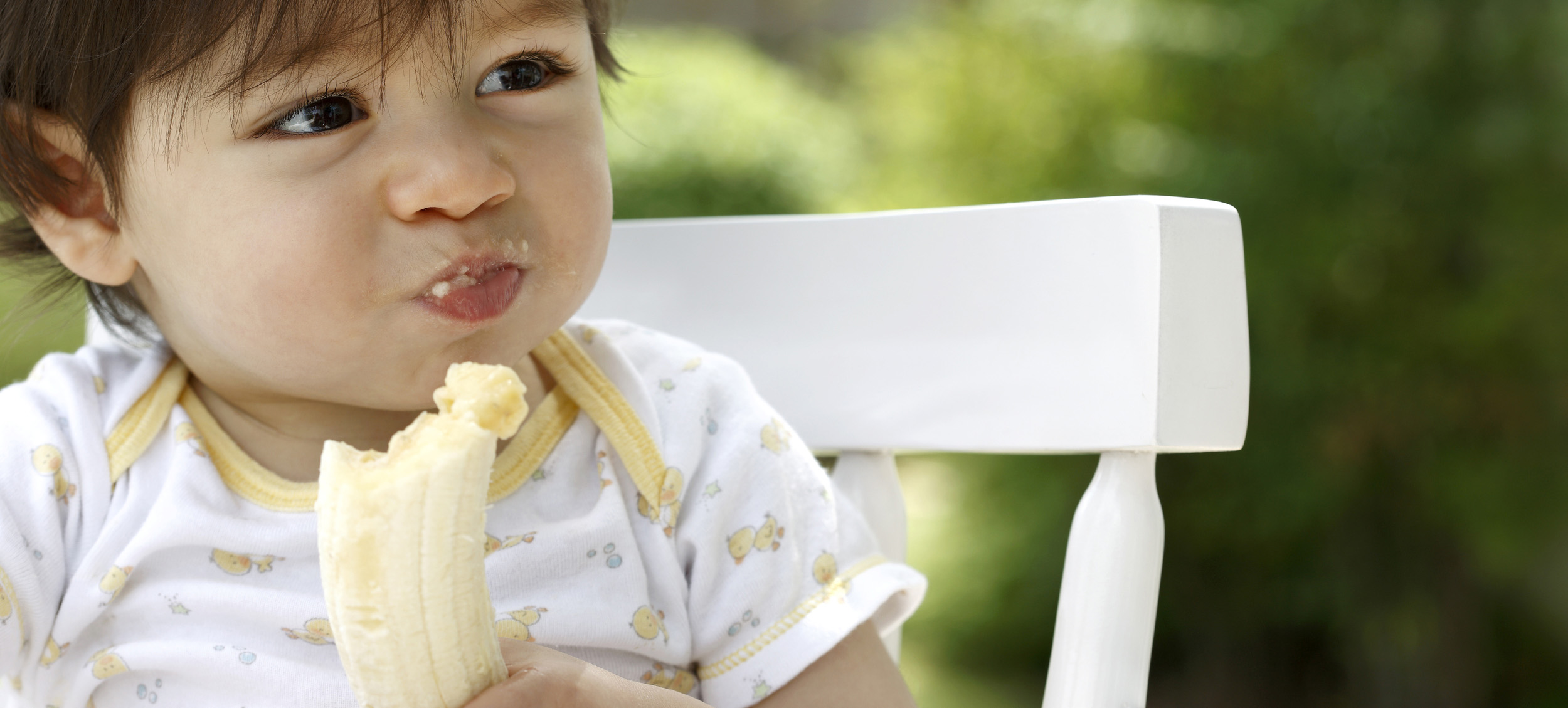

More than 100 billion bananas are consumed annually in the world, making it the fourth most important food crop after wheat, rice and corn, in the delevoping world.

85% of the world’s banana production is used for local consumption, and only 15% is exported (mainly to the USA and Europe).

Americans eat more bananas than any other fruit, with an average consumption of 11.9 kg per year, more bananas than apples and oranges combined.

The Threat
The potential consequences of Panama disease
consequences for the livelihoods
of millions of banana workers and producers.
In 1992, a new strain of the Fusarium Wilt fungus was discovered in Southeast Asia. This strain was called Tropicval Race 4 (TR4).
Since then, ten thousands of hectares of Cavendish plantations have been wiped out in China, Indonesia, Malaysia and the Philippines. The damage caused by this second outbreak has already surpassed the US $400 million mark.
See the 2015 publication about the appearance of TR4 in the Middle East.

How can we save the banana?
Possibilities and research
Biology
Quite simply, despite the world’s best efforts and major investments, scientists still don’t know enough about the biology and genetics of the causative fungus; and the other challenge is the need for greater genetic diversity among banana cultivars.
Environment
Thus, first and foremost, disease resistance is the best basis for a healthy banana. As long as we keep growing susceptible cultivars, this is labour lost in terms of disease control.
Human factor
Fusarium wilt acts on different scales: Plant, field, farm, region, country and even continent. State-level & international cooperation
and integrated research are indispensable to finding solutions in all of these domains and scales. This requires multilevel solutions, as well as concerted action on the part of all stakeholders as both smallholders and plantation owners suffer from the same problems.
Research
Researchers, commercial companies and government institutions are working together on crop protection, food security and innovation. This will help to manage the dissemination of the deadly Fusarium fungus and sustain the livelihoods of the millions of people who depend on the banana. world switched to a different cultivar, the so-called the Cavendish. Although less tasty than Gros Michel, Cavendish was resistant to the type of Fusarium that was causing Fusarium wilt.
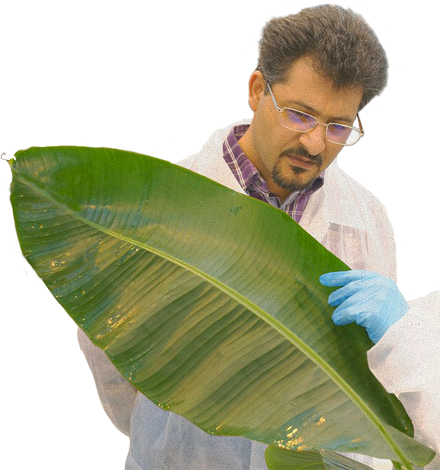

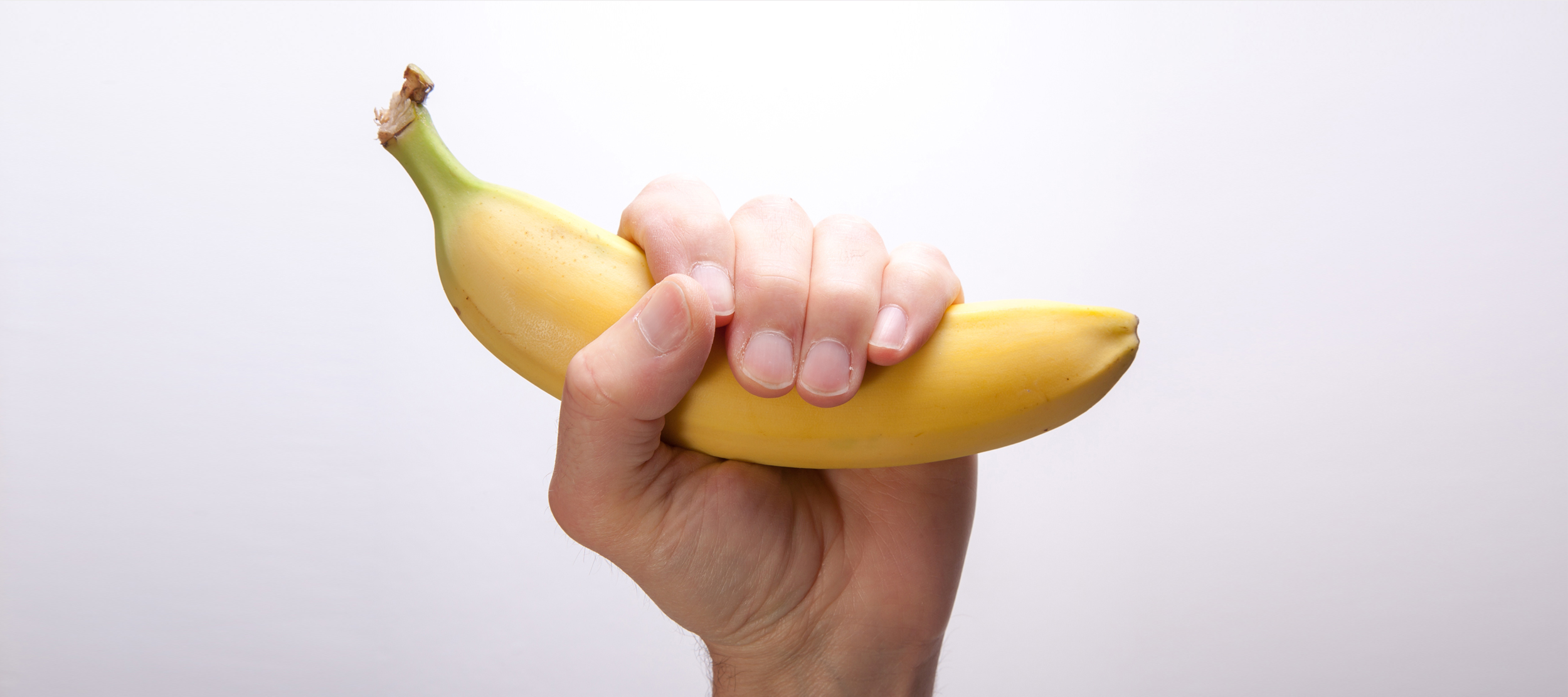
How can you support the banana?
Show your support & spread the message
More about bananas: Links
Read more about the history of banana cultivation and of Fusarium Wilt (Panama Disease) at National Geographic (August 2016)
